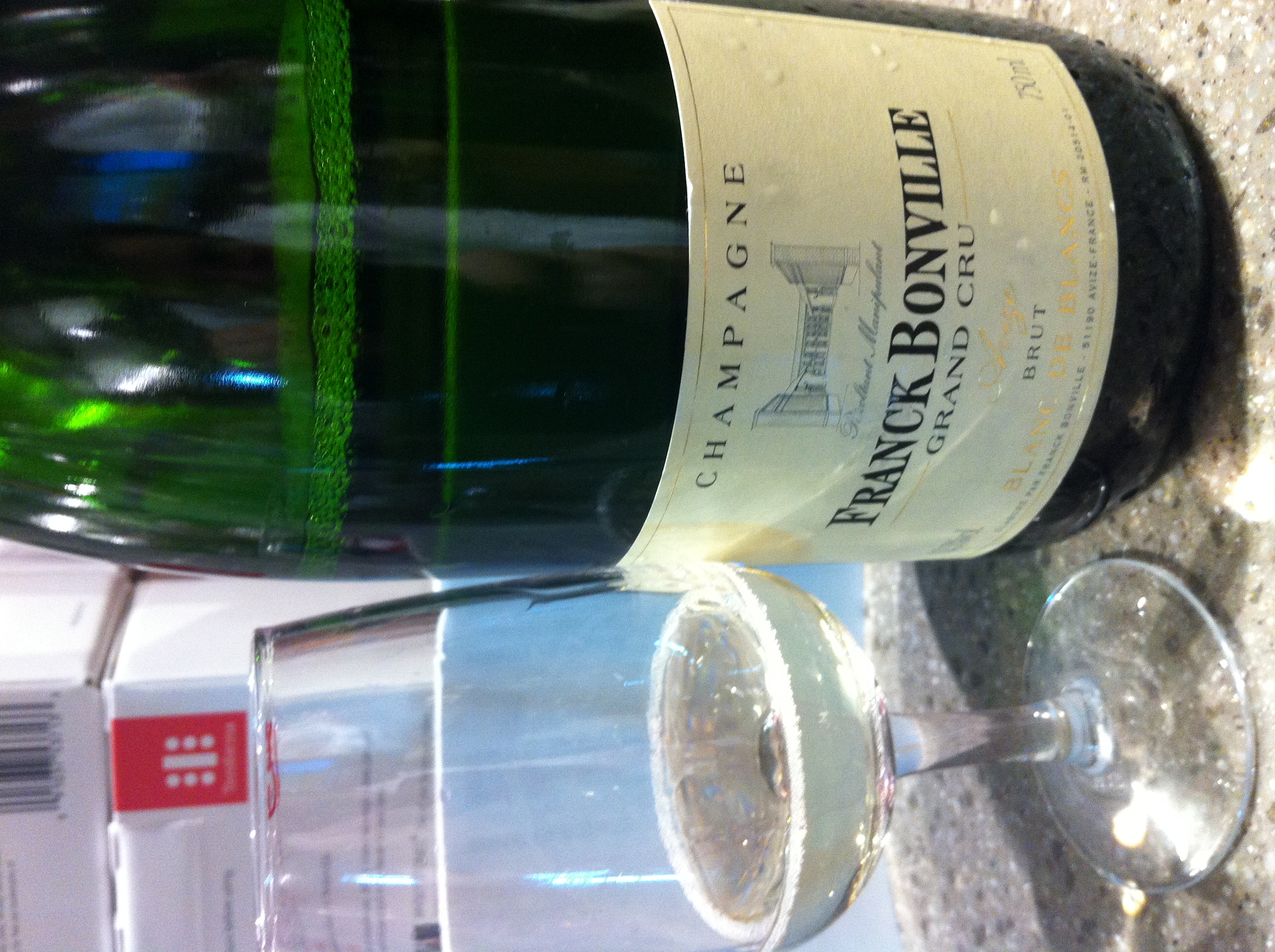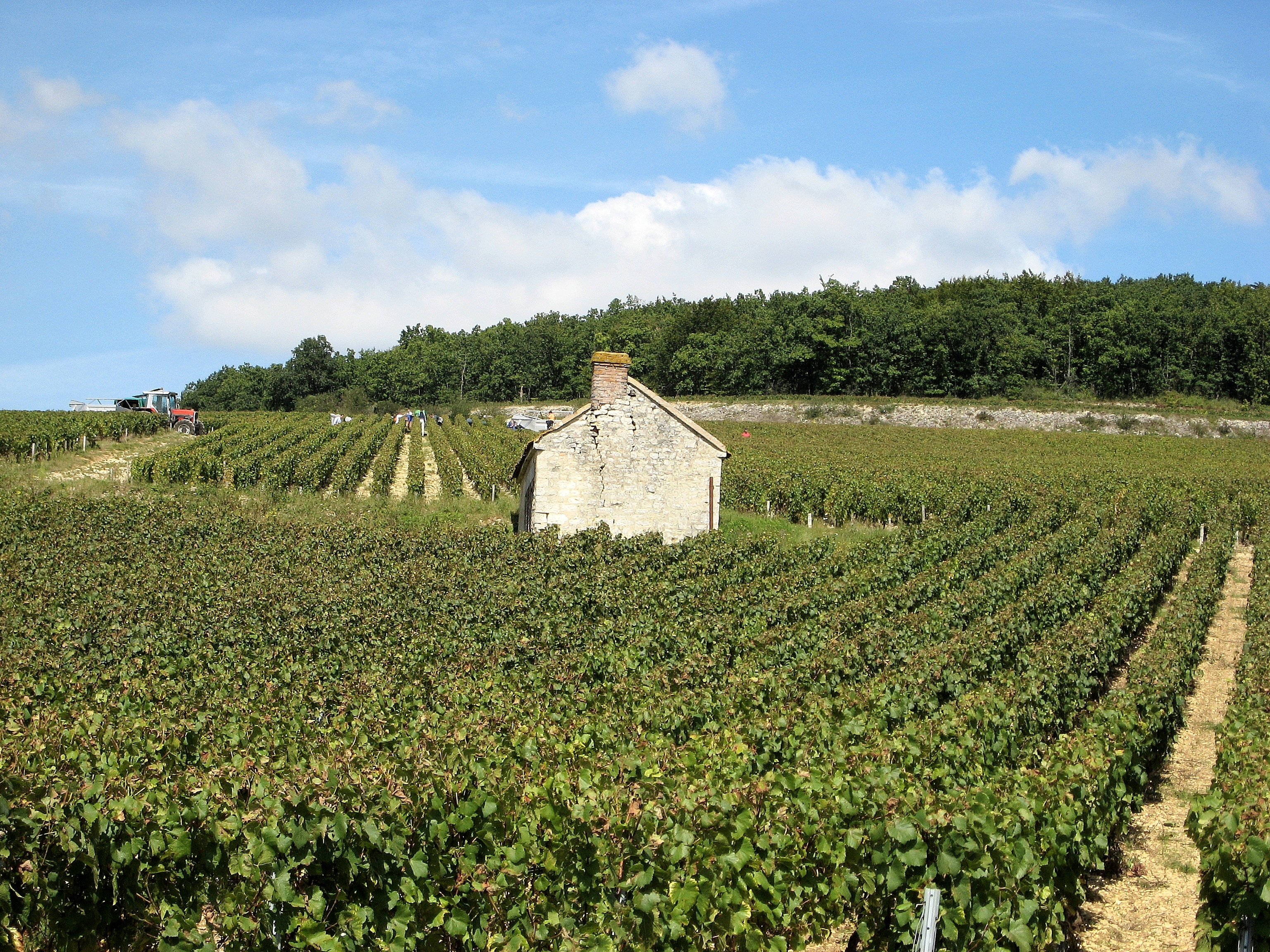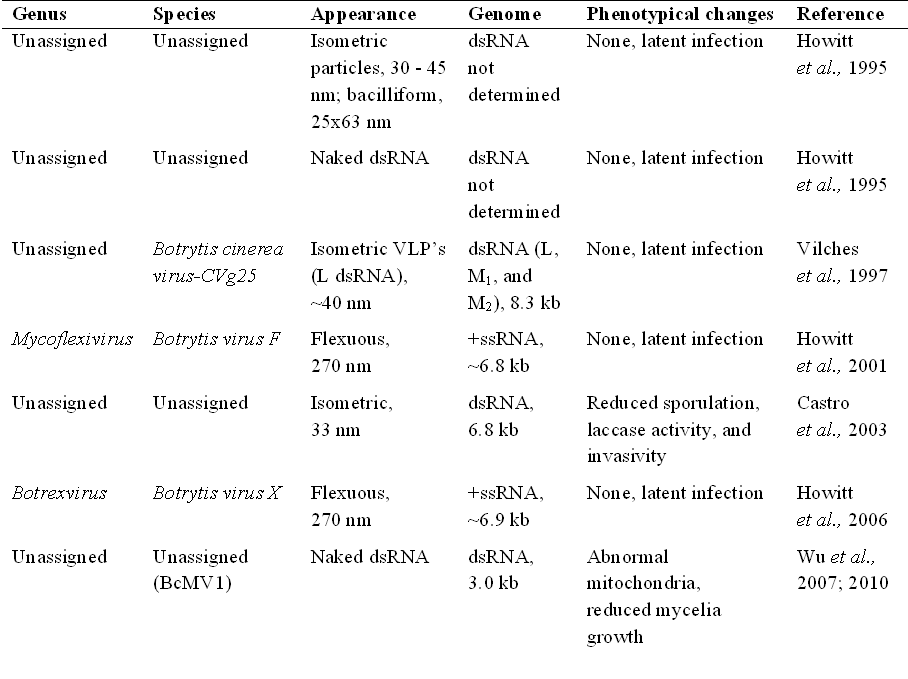|
Coteaux Du Layon (AOC)
Coteaux du Layon () is an ''Appellation d'origine contrôlée'' (AOC) for sweet white wine in the Loire Valley wine region of France. Coteaux du Layon is situated in the Anjou district of the region, along the river Layon, which is a tributary of the Loire. Six of the villages (communes), namely Beaulieu-sur-Layon, Faye-d'Anjou, Rablay-sur-Layon, Rochefort-sur-Loire, Saint-Aubin-de-Luigné and Saint-Lambert-du-Lattay are allowed to add their name to that of the appellation. Usually, the "de" or "sur" part is dropped, to give names like Coteaux du Layon Beaulieu and Coteaux du Layon Saint-Aubin. Furthermore, two villages within the Coteaux du Layon area form their own respective AOC – Bonnezeaux and Chaume. Finally, a favoured enclave within Chaume is a separate AOC under the name Quarts de Chaume. For the geographically delimited AOCs, required grape maturity is higher and allowed yield is lower. The best vineyards are generally located on the north bank of the Layon, where they ... [...More Info...] [...Related Items...] OR: [Wikipedia] [Google] [Baidu] |
Coteaux Du Layon Rablay
Coteaux may refer to: Places * Côteaux Arrondissement, an arrondissement of the Sud department of Haiti ** Côteaux, Haiti, a commune in the Côteaux Arrondissement of Haiti * Les Coteaux, Quebec, Canada; a municipality in Vaudreuil-Soulanges * Les Coteaux, Tobago, Trinidad and Tobago; a village in Tobago, Trinidad and Tobago * Canton of Les Coteaux, Hautes-Pyrénées, France * Les Coteaux (Mulhouse), a locality in the city of Mulhouse, Alsace, Grand-Est, France Other uses * Prix des Coteaux, a thoroughbred race in Chantilly, France * Radio Coteaux, a community radio station in Saint Blancard, Gers, Gascony, Occitanie, France See also * Coteau (other) * Cotes (other) * Cote (other) Cote or COTE may refer to: Architecture *Dovecote, a building for pigeons or doves. People * Cote (surname) *Cote de Pablo, television actress * Cote First Nation Religion * Church of the East, Non- Ephesian branch of Christianity Businesses ... * Eau (disambiguatio ... [...More Info...] [...Related Items...] OR: [Wikipedia] [Google] [Baidu] |
Chenin Blanc
Chenin blanc (, ; known also as Pineau de la Loire among #Synonyms, other names) is a white wine grape variety from the Loire Valley (wine), Loire Valley of France (wine), France. Its high acidity (wine), acidity means it can be used to make varieties from sparkling wines to well-balanced dessert wines, although it can produce very bland, neutral wines if the vine's natural vigor is not controlled. Outside the Loire, it is found in most of the New World wine regions; it is the most widely planted variety in South African wine, South Africa, where it was historically also known as Steen ( ). The grape may have been one of the first to be grown in South Africa by Jan van Riebeeck in 1655, or it may have come to that country with Huguenots fleeing France after the revocation of the Edict of Nantes in 1685. Chenin blanc was often misidentified in Australia, as well, so tracing its early history in the country is not easy. It may have been introduced in James Busby's collection of 1832 ... [...More Info...] [...Related Items...] OR: [Wikipedia] [Google] [Baidu] |
Amphitheatre
An amphitheatre (American English, U.S. English: amphitheater) is an open-air venue used for entertainment, performances, and sports. The term derives from the ancient Greek ('), from ('), meaning "on both sides" or "around" and ('), meaning "place for viewing". Ancient Greek Theater (structure), theatres were typically built on hillsides and semi-circular in design. The first amphitheatre may have been built at Pompeii around 70 BC. Ancient Roman amphitheatres were oval or circular in plan, with seating tiers that surrounded the central performance area, like a modern open-air stadium. In contrast, both ancient Greek and ancient Roman theatre (structure), Roman theatres were built in a semicircle, with tiered seating rising on one side of the performance area. Modern English parlance uses "amphitheatre" for any structure with sloping seating, including theater (structure), theatre-style stages with spectator seating on only one side, Theatre in the round, theatres in the ... [...More Info...] [...Related Items...] OR: [Wikipedia] [Google] [Baidu] |
Council Of State (France)
A council of state is a governmental body in a country, or a subdivision of a country, with a function that varies by jurisdiction. It may be the formal name for the cabinet or it may refer to a non-executive advisory body associated with a head of state. In some countries it functions as a supreme administrative court and is sometimes regarded as the equivalent of a privy council. Modern * Belgian Council of State is a judicial and advisory body that assists the executive with obligatory legal advice on each draft law and is the supreme court for administrative justice * Chinese State Council is the country's highest executive body * Colombian Council of State * Cuban Council of State * Danish Council of State is similar to a privy council with a largely ceremonial role * Dutch Council of State is an advisory body that consists of one or two members of the royal family and other members appointed by the Crown * Egyptian Council of State * Finnish Government is literal ... [...More Info...] [...Related Items...] OR: [Wikipedia] [Google] [Baidu] |
Grand Cru (wine)
Cru is a wine Glossary of wine terms, term used to indicate a high-quality vineyard or group of vineyards. It is a French language, French word which was originally used to refer to both a region and anything grown in it, but is now mostly used to refer to both a vineyard and its wines. The term is often used within classification of wine, classifications of French wine. By implication, a wine that displays (or is allowed to display) the name of its ''cru'' on its wine label is supposed to exhibit the typical characteristics of this vineyard or group of vineyards. The terms ''premier cru'' and ''grand cru'' designate levels of presumed quality that are variously defined in different wine regions. ''Premier cru'' ''Premier cru'' is a French language wine term corresponding to "first growth" and which can be used to refer to classified vineyards, winery, wineries and wines, with different meanings in different wine regions:J. Robinson (ed.). ''The Oxford Companion to Wine'', Third E ... [...More Info...] [...Related Items...] OR: [Wikipedia] [Google] [Baidu] |
Burgundy Wine
Burgundy wine ( or ') is made in the Burgundy region of eastern France, in the valleys and slopes west of the Saône, a tributary of the Rhône. The most famous wines produced here, and those commonly referred to as "Burgundies", are dry (wine), dry red wines made from pinot noir grapes and white wines made from chardonnay grapes. Red and white wines are also made from other grape varieties, such as gamay and aligoté, respectively. Small amounts of rosé and sparkling wines are also produced in the region. Chardonnay-dominated Chablis (wine), Chablis and gamay-dominated Beaujolais wine, Beaujolais are recognised as part of the Burgundy wine region, but wines from those subregions are usually referred to by their own names rather than as "Burgundy wines". Burgundy has a higher number of ' (AOCs) than any other French region, and is often seen as the most '-conscious of the French wine regions. The various Burgundy AOCs are classification of wine, classified from carefully deline ... [...More Info...] [...Related Items...] OR: [Wikipedia] [Google] [Baidu] |
Institut National Des Appellations D'Origine
An institute is an organizational body created for a certain purpose. They are often research organisations (research institutes) created to do research on specific topics, or can also be a professional body. In some countries, institutes can be part of a university or other institutions of higher education, either as a group of departments or an autonomous educational institution without a traditional university status such as a "university institute", or institute of technology. In some countries, such as South Korea and India, private schools are sometimes referred to as institutes; also, in Spain, secondary schools are referred to as institutes. Historically, in some countries, institutes were educational units imparting vocational training and often incorporating libraries, also known as mechanics' institutes. The word "institute" comes from the Latin word ''institutum'' ("facility" or "habit"), in turn derived from ''instituere'' ("build", "create", "raise" or "edu ... [...More Info...] [...Related Items...] OR: [Wikipedia] [Google] [Baidu] |
Chaume (village)
Coteaux du Layon () is an ''Appellation d'origine contrôlée'' (AOC) for sweet white wine in the Loire Valley wine region of France. Coteaux du Layon is situated in the Anjou district of the region, along the river Layon, which is a tributary of the Loire. Six of the villages (communes), namely Beaulieu-sur-Layon, Faye-d'Anjou, Rablay-sur-Layon, Rochefort-sur-Loire, Saint-Aubin-de-Luigné and Saint-Lambert-du-Lattay are allowed to add their name to that of the appellation. Usually, the "de" or "sur" part is dropped, to give names like Coteaux du Layon Beaulieu and Coteaux du Layon Saint-Aubin. Furthermore, two villages within the Coteaux du Layon area form their own respective AOC – Bonnezeaux and Chaume. Finally, a favoured enclave within Chaume is a separate AOC under the name Quarts de Chaume. For the geographically delimited AOCs, required grape maturity is higher and allowed yield is lower. The best vineyards are generally located on the north bank of the Layon, where the ... [...More Info...] [...Related Items...] OR: [Wikipedia] [Google] [Baidu] |
Sélection De Grains Nobles
Sélection de Grains Nobles (SGN) is French for "selection of noble berries" and refers to wines made from grapes affected by noble rot. SGN wines are sweet dessert wines with rich, concentrated flavours. Alsace wines were the first to be described as ''Sélection de Grains Nobles'', with the legal definition introduced in 1984,Hugel.com: Vendange Tardive and SGN read on February 11, 2008 but the term is also seen in some other wine regions France, such as . Use in Alsace For Alsace wines, SGN is the highest official category for |
Trockenbeerenauslese
''Trockenbeerenauslese'' (, ), or TBA, is a German or Austrian botrytized wine made entirely from the individually selected grapes fully "dried" from Botrytis cinerea ("noble rot"), hence the name. ''Trockenbeerenauslese'' is a very sweet wine, highest among the wines of the QmP ("quality wine with distinction") category that includes also Auslese and Beerenauslese. Vintage The grapes for TBA are individually picked among shrivelled with noble rot, often to the point of appearing like a raisin. The shrivelling might causes the content to become concentrated, very sweet and have an intensely rich flavour, frequently with a lot of caramel and honey bouquet, stone fruit notes such as apricot, and distinctive aroma of the noble rot. The finest examples are made from the Riesling grape, as this variety retains plenty of acidity even at the extreme ripeness, and therefore age well. Other grape varieties can benefit from noble rot, such as Sauvignon Blanc and Sémillon''. The ... [...More Info...] [...Related Items...] OR: [Wikipedia] [Google] [Baidu] |
Botrytis Cinerea
''Botrytis cinerea'' is a necrotrophic fungus that affects many plant species, although its most notable hosts may be wine grapes. In viticulture, it is commonly known as "botrytis bunch rot"; in horticulture, it is usually called "grey mould" or "gray mold". The fungus gives rise to two different kinds of infections on grapes. The first, grey rot, is the result of consistently wet or humid conditions, and typically results in the loss of the affected bunches. The second, noble rot, occurs when drier conditions follow wetter, and can result in distinctive sweet dessert wines, such as Sauternes, the Aszú of Tokaji, or Grasă de Cotnari. The species name ''Botrytis cinerea'' is derived from the Latin for "grapes like ashes"; although poetic, the "grapes" refers to the bunching of the fungal spores on their conidiophores, and "ashes" just refers to the greyish colour of the spores ''en masse''. The fungus is usually referred to by its anamorph (asexual form) name, because ... [...More Info...] [...Related Items...] OR: [Wikipedia] [Google] [Baidu] |





